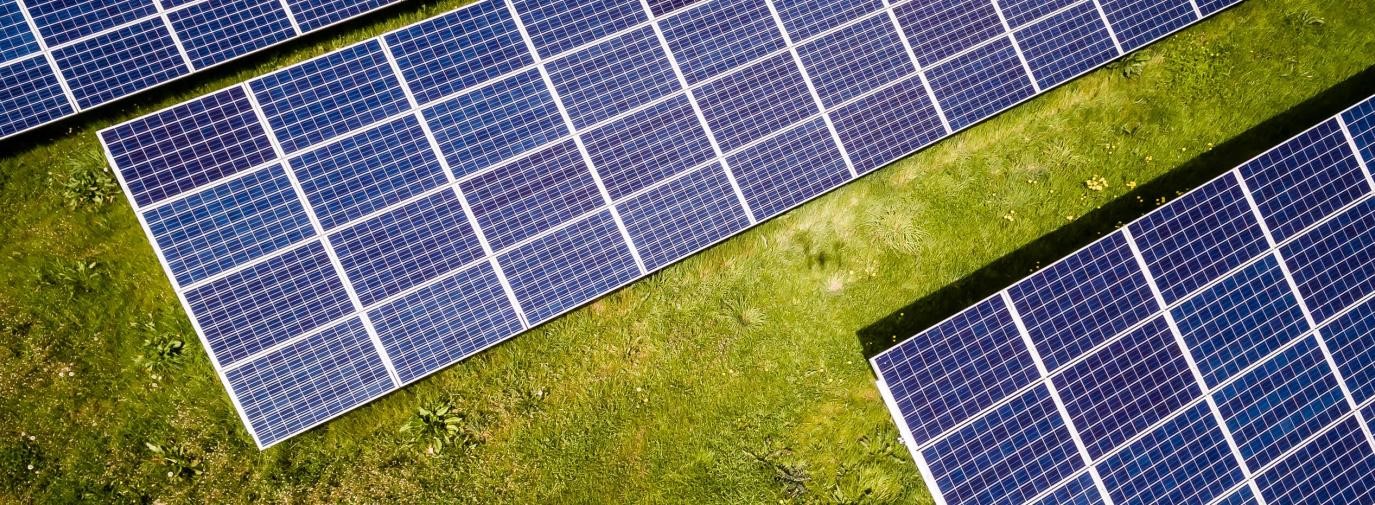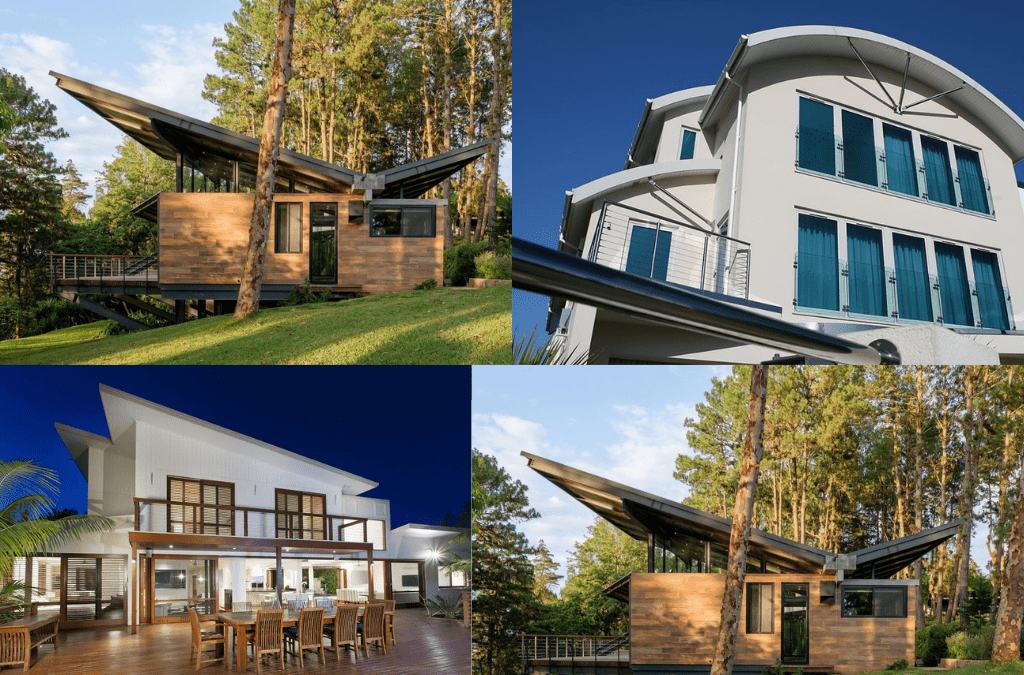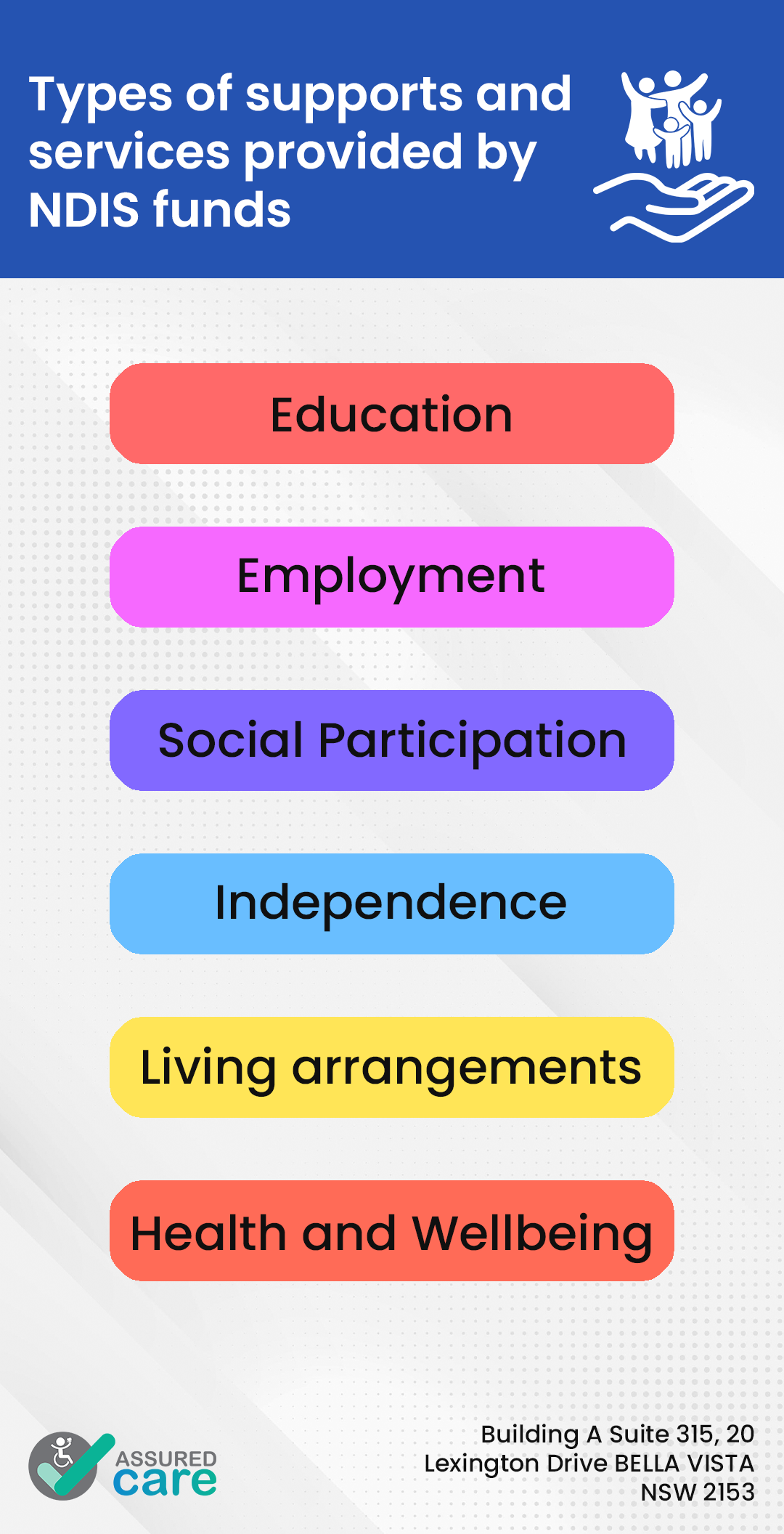Sun energy is the most generous, clean, sustainable, and reliable power source in the world and millions of Australians have adopted this clean and green energy! And have become self-sufficient!
Many countries have adopted solar energy due to the productiveness and resourcefulness of the PV panels; they’ve been much spoken about. Solar panels are also portrayed as a way out of conventional sources of energy. Since much has been talked about the benefits of solar energy, but still it’s a point of discussion why solar energy is not used as widely as it should be?
Solar panels provide several benefits including few drawbacks:
- One of the biggest benefits of using solar energy is that it’s clean and pollution-free, and doesn’t contribute to carbon emissions.
- Another important benefit of solar energy is that it’s renewable, sustainable, and endless.
- Other benefits include low maintenance costs and different applications.
- New jobs are being created in the energy sector as solar installers.
Drawback:
- A major drawback of solar panels is that they’re dependent upon weather. Despite that most solar panels come with energy storage batteries so as to store the power for later use.
- Some panels come with low efficiency; therefore for their installation, they require large areas. It’s predicted that solar efficiency is intended to increase in the near future.
- The expensive cost has prevented it from becoming a commonly used energy source.
Perth is the sunniest place in Australia and makes up a large fraction of all the electricity generated in Australia. What’s hindering the solar power utilization is its- “COST”. It’s 5 to 11 times costlier to generate energy from the sun than it’s using coal or fossil fuels.
The cost of technology is high:
For generating power directly from the sunlight, solar panels use a semiconductor material which is highly expensive. Semiconductor factories are expensive to build as well as maintain and they also require clean manufacturing conditions.
Currently, the efficiency of solar panels ranges from 20% to 40%, which is expected to improve, and the remaining sunlight that hits the solar panel gets wasted in the form of heat. More productive solar cells are being created but these solar cells are expensive to manufacture and are relatively new.
Around a decade will be required to find out new methods and materials for manufacturing solar panels at less cost. The time will depend upon how much money and time is put into solar energy research by both- government as well the private sector.
Even when the basic cost challenges related to technology are resolved, there’re still some more issues:
- Residential solar panel installation is expensive and also requires skilled installers. The initial cost of installation is high. It is an important factor when determining why solar energy is not supported widely by people.
- In recent times huge solar farms are being built up in desert regions and they’ve decreased the installation cost since the time when everything is made available at one place like the parts, material, and installation experts. Another factor is that these desert lands are far away from the cities where electricity is needed and therefore costly transportation channels are required to carry that electricity to the distant cities.
Australian Solar Farm
- The maintenance cost of solar panels is minimum and it’s required to be clean from debris so that the panels can work efficiently. When even a small portion of the panel is blocked by debris or dust, it affects the efficiency of the panel.
- The main reason for solar energy that hindered its adoption is the reality that, solar panels can produce electricity only when the sun is shining. Also, a battery storage system is required to provide a continuous source of power when the sun sets or at night time or during a cloudy day.
- When solar panels aren’t able to produce an ample amount of energy, it takes more time to reclaim their installation and maintenance costs.
Finding a way around to these problems:
- Researchers need to invent more powerful semiconductors that can more efficiently produce electricity. When the panel efficiency is increased, it’ll help in reducing the size of the solar array consequently it means less space is required to generate the same amount of electricity.
- More efficient manufacturing techniques are required to develop; it’ll help in cutting down the production cost and make solar panels cheaper for the customers to purchase.
- Advanced transmission channels are required to bring solar energy to the cities and storage systems will also help in even out the manufacturing bumps caused by climate change.
Final words:
Unless and until all of these solar energy problems are overcome, this clean and green energy will continue to be used to a small extent in our society.

 Jay
Jay








